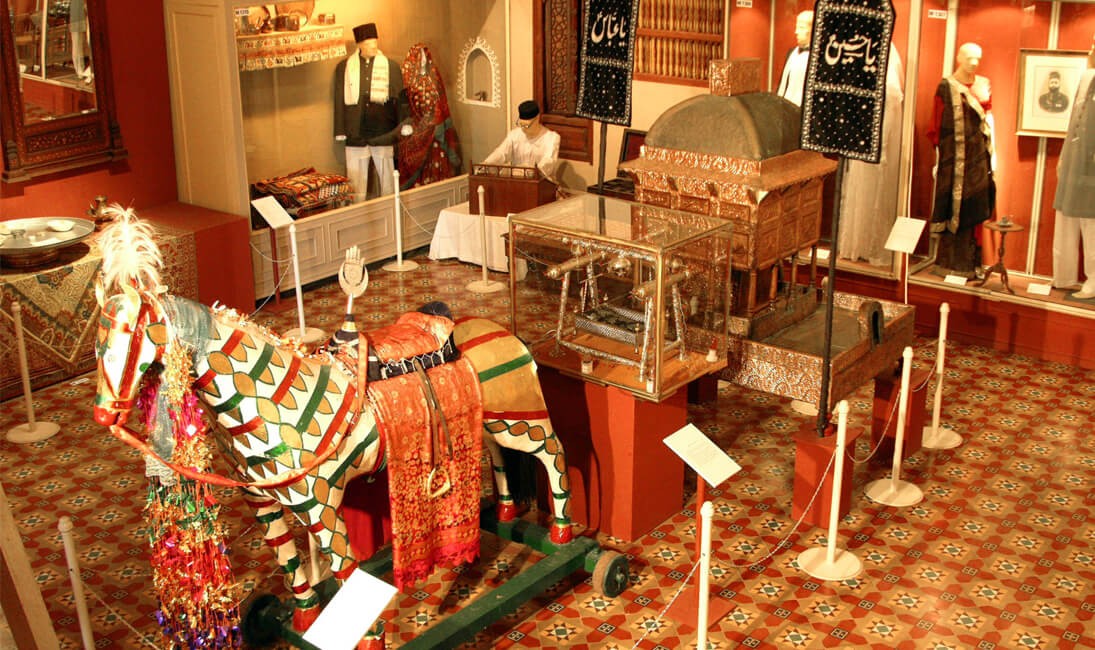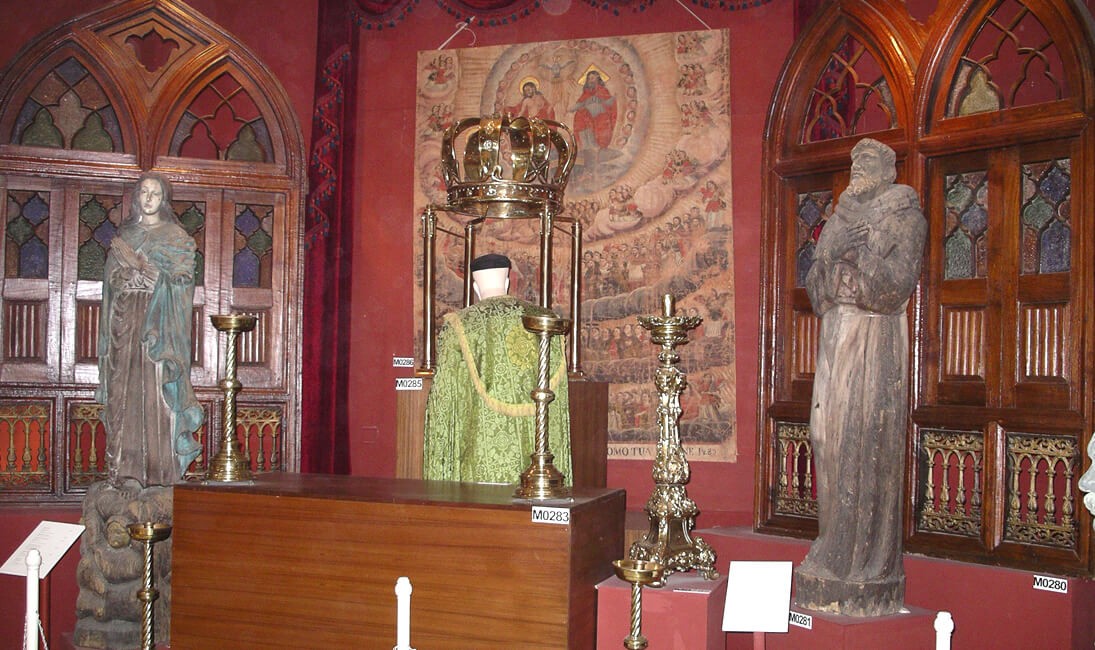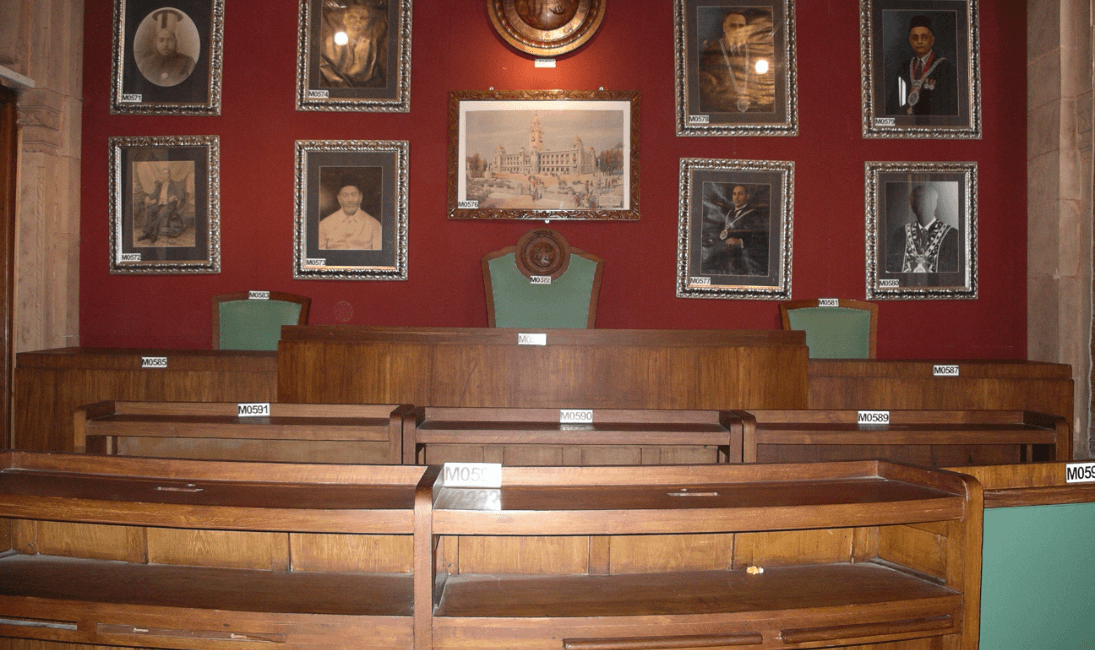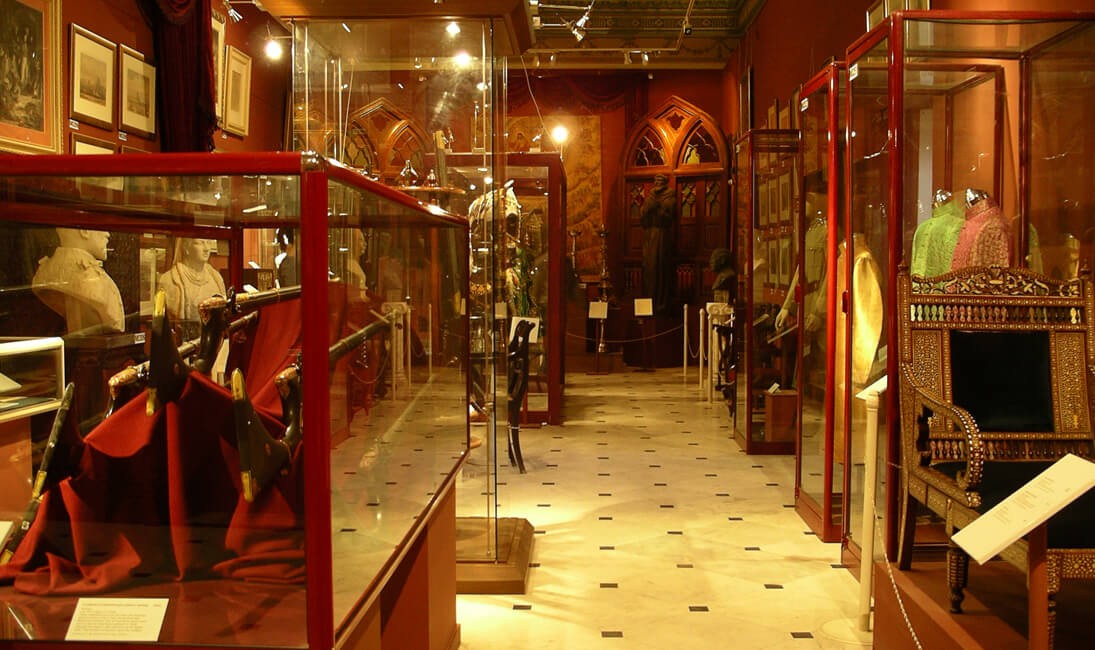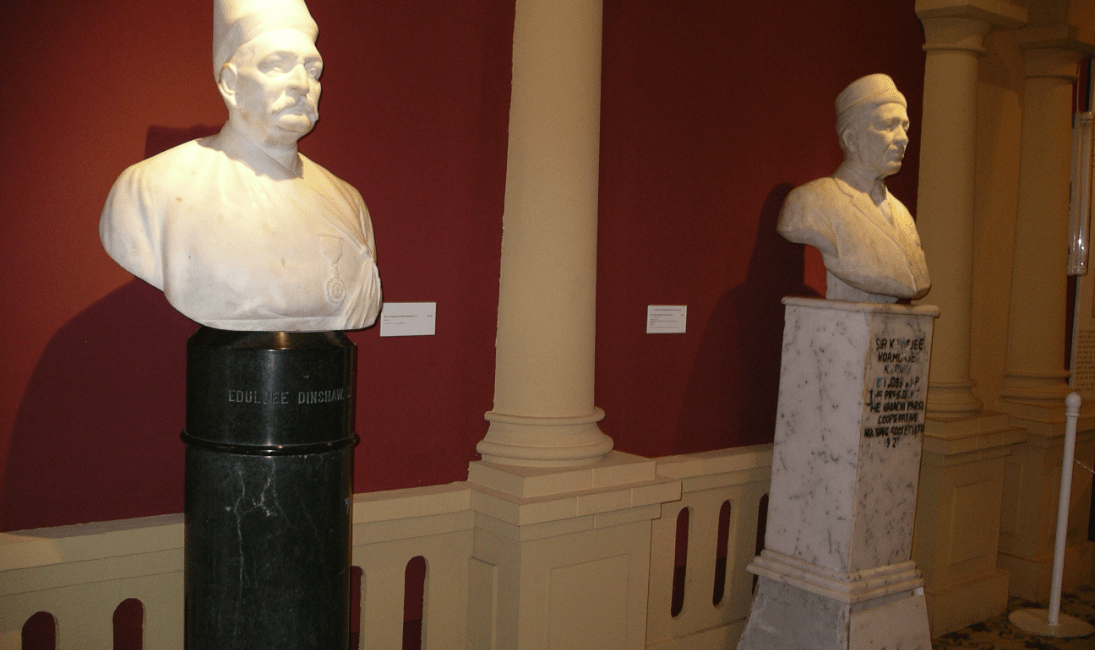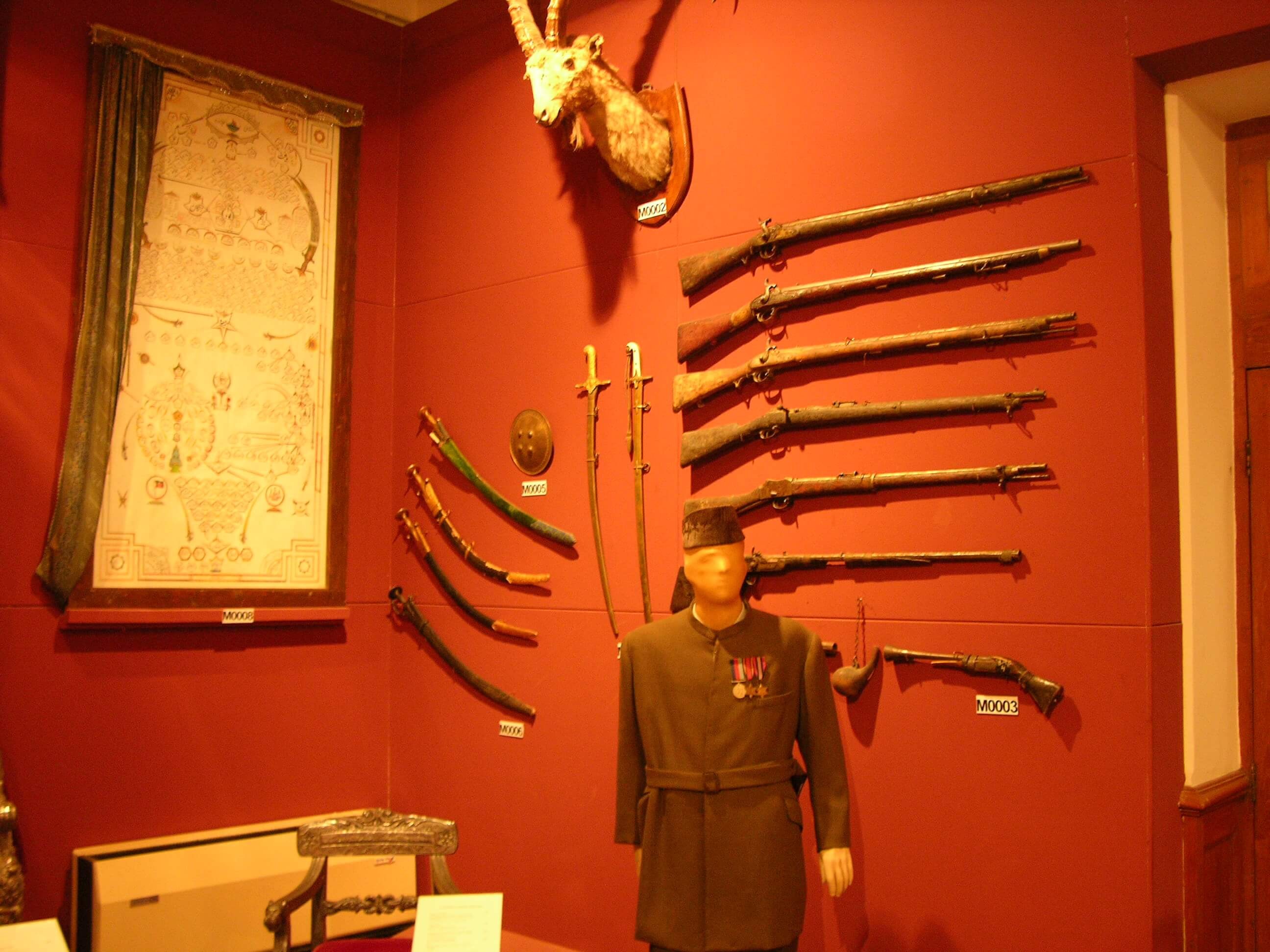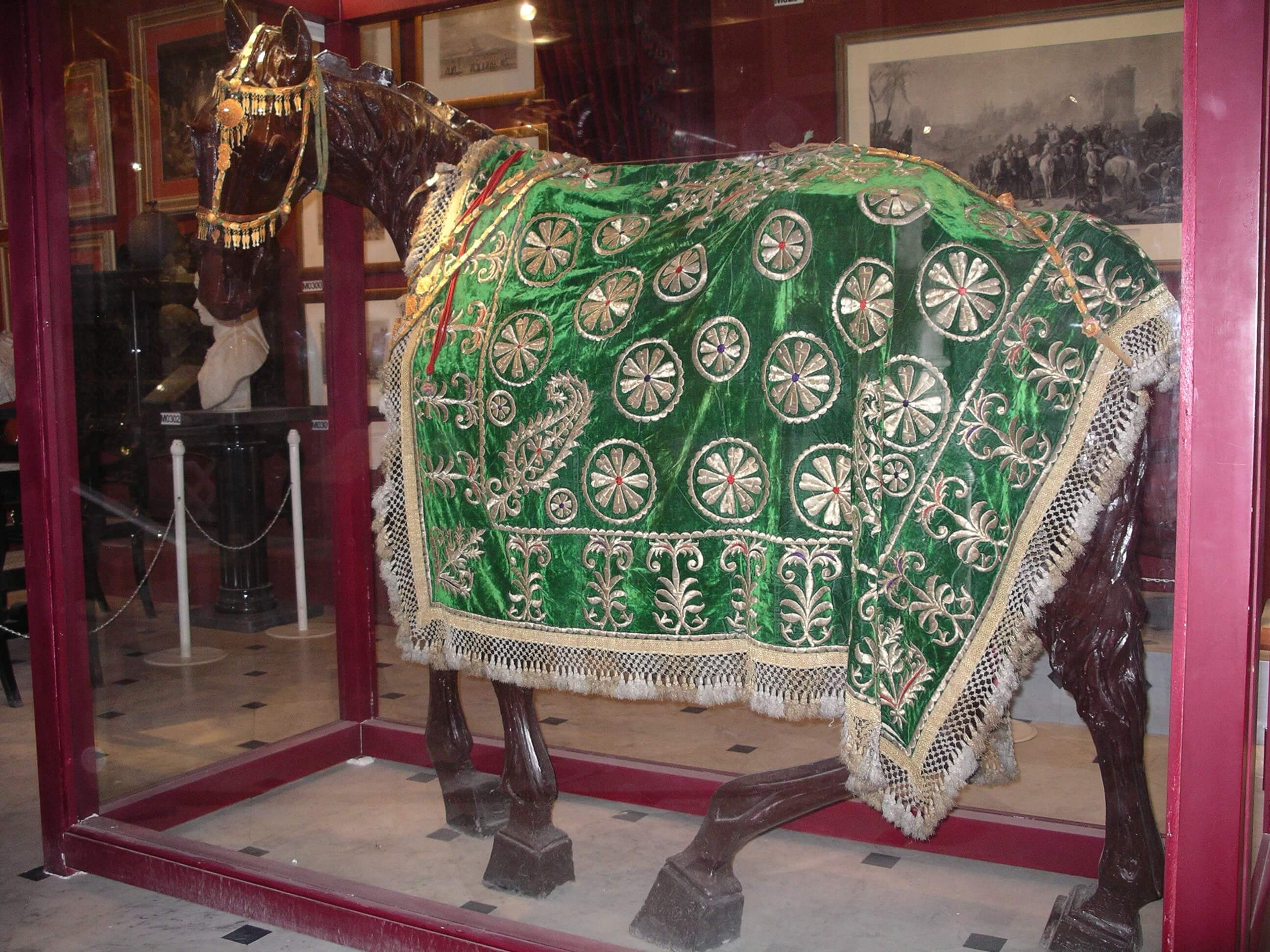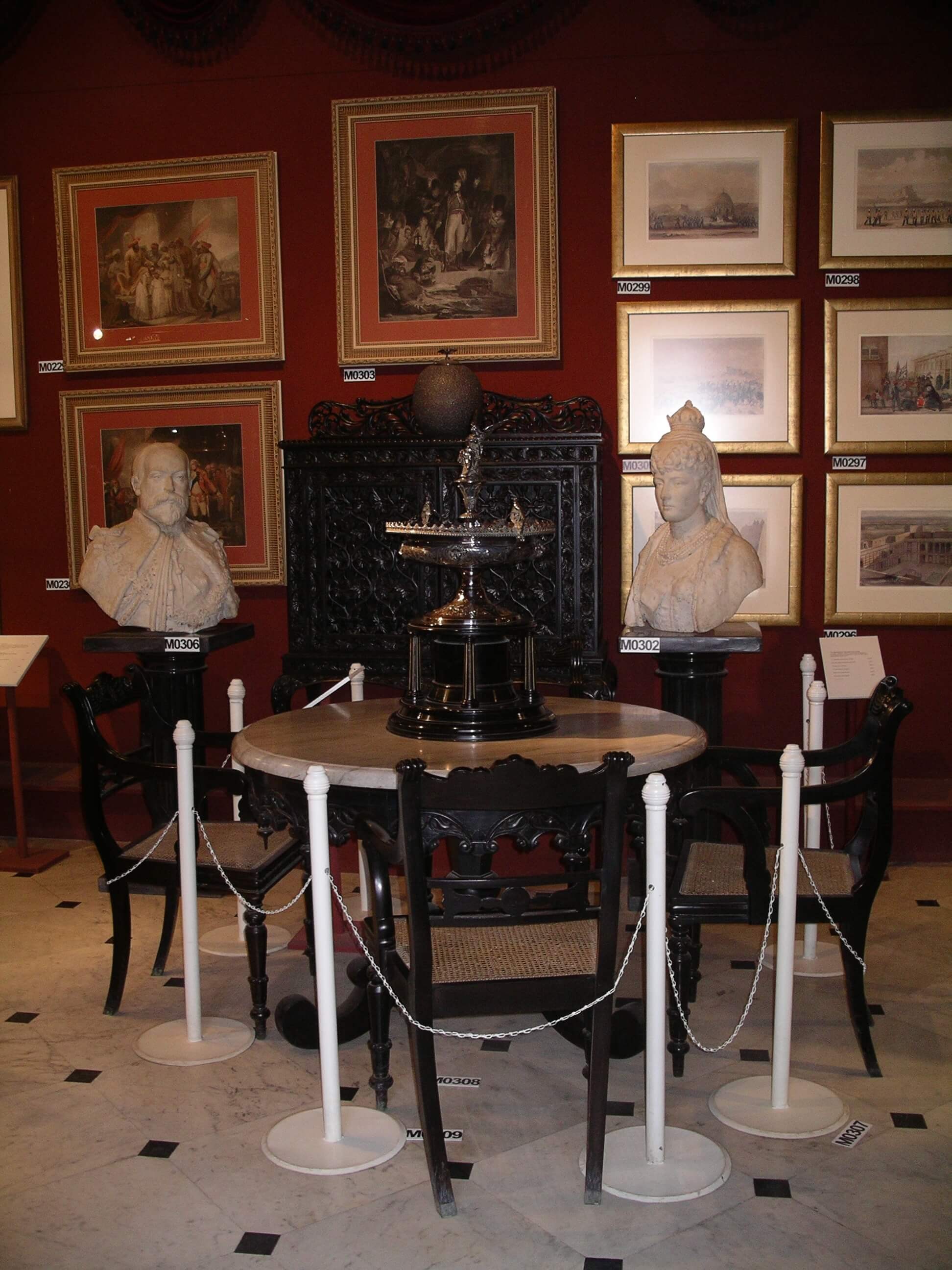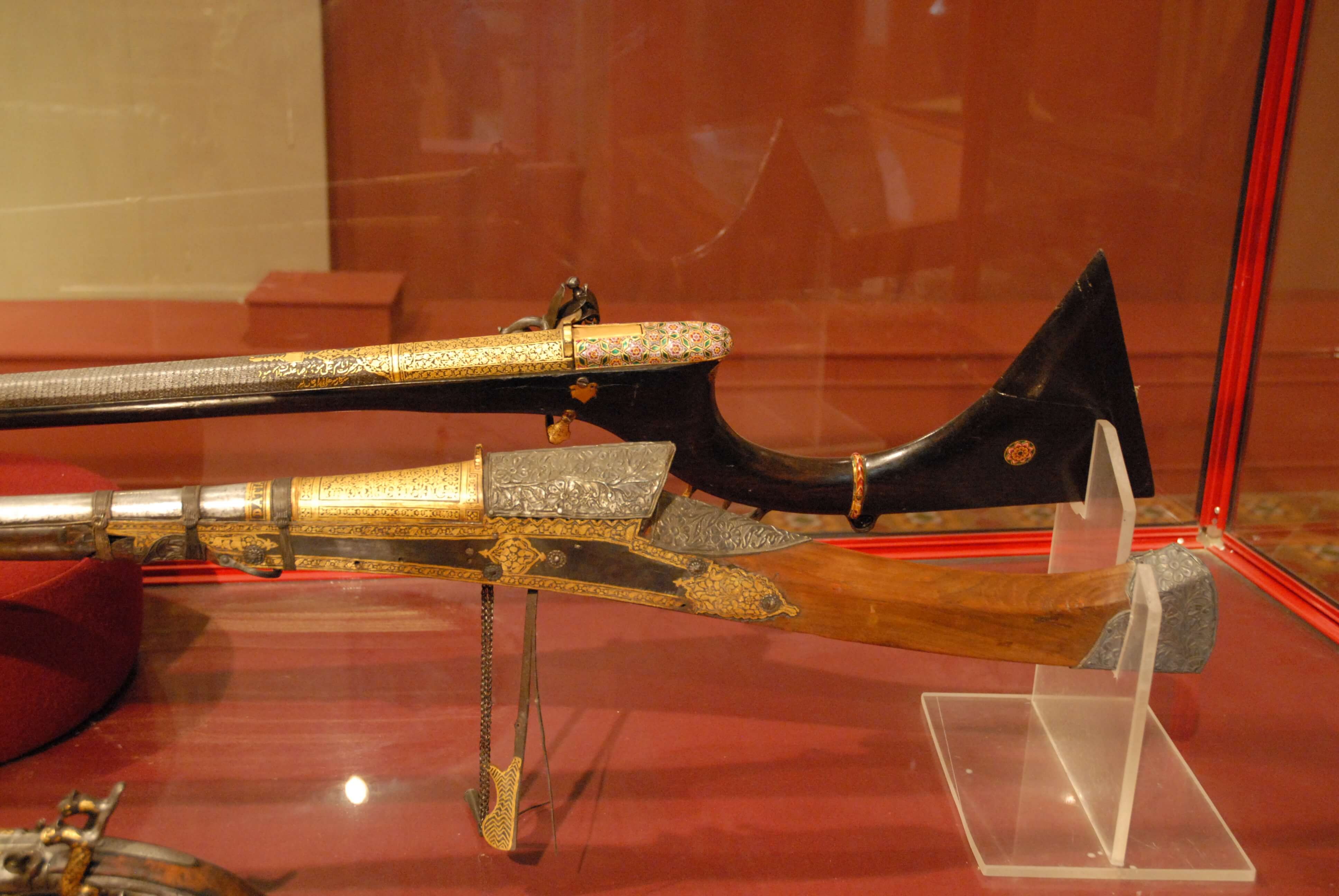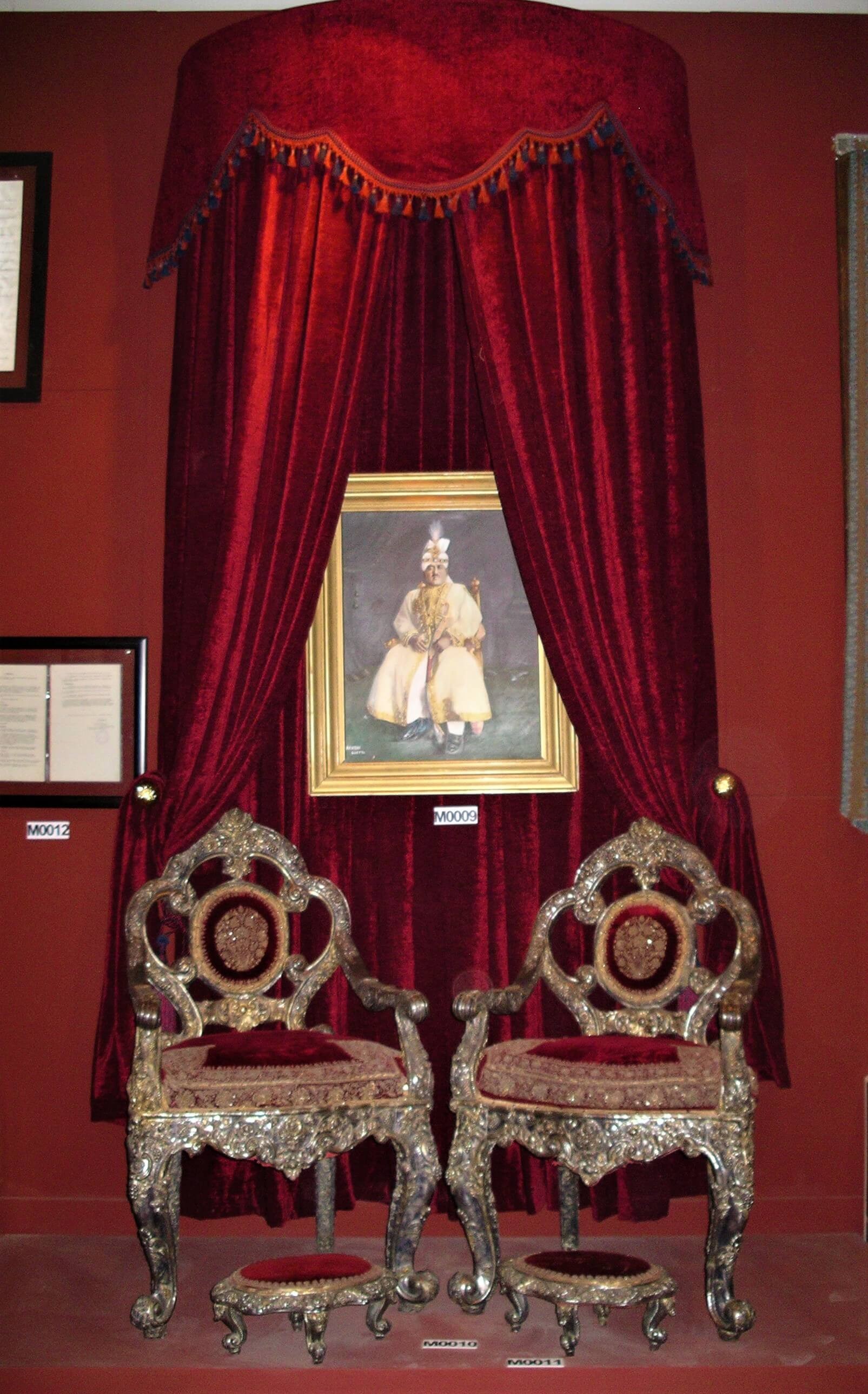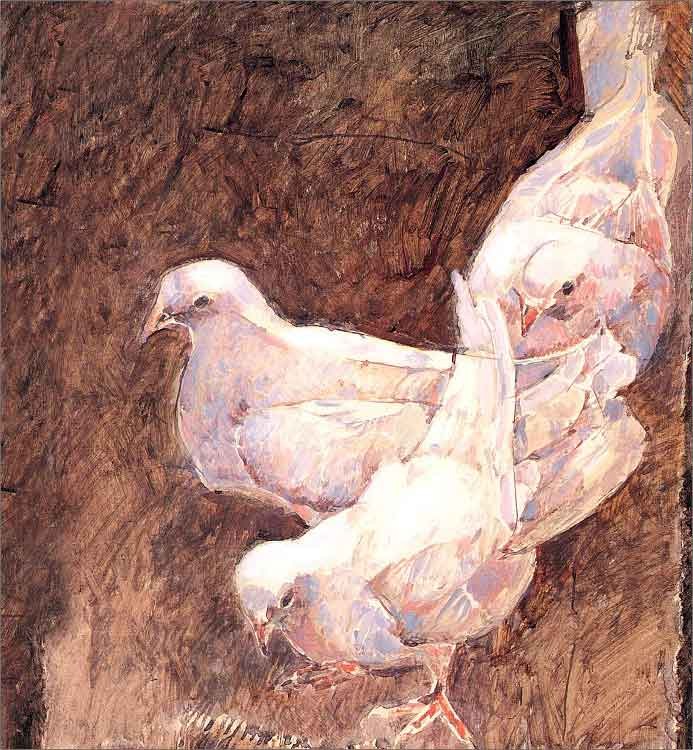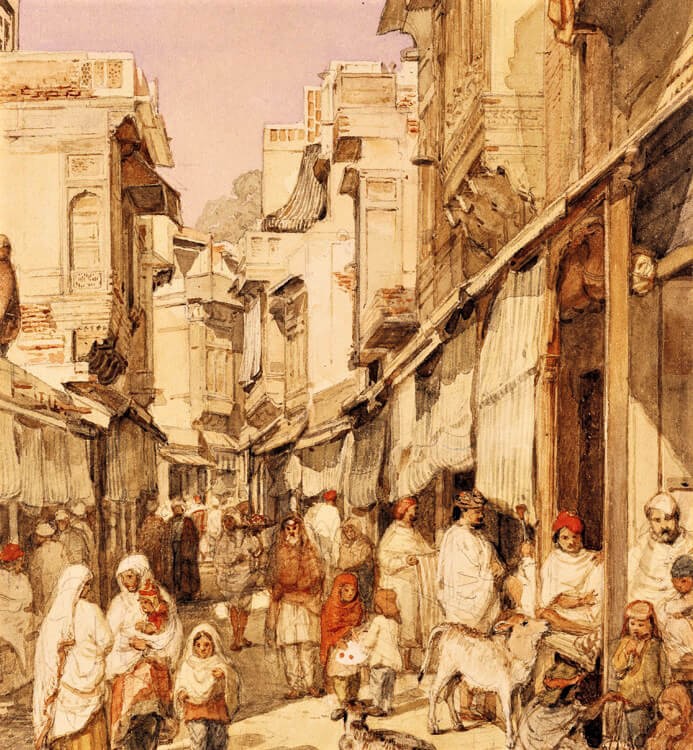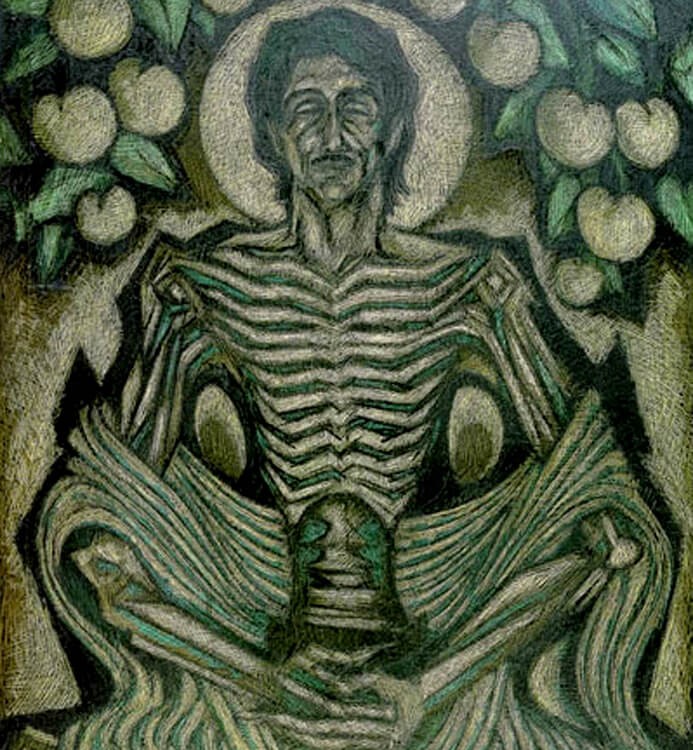December 01, 2004 - January 01, 2006
Jewel in the Crown: Karachi under the Raj 1843 – 1947
One of the most ambitious exhibitions at the Mohatta Palace Museum, Jewel in the Crown was rooted in the city of Karachi. The curators assembled a staggering array of objects that were displayed in all the galleries of the building and extended into the gardens, transforming the architectural exterior of the building in addition to its interior spaces.
On the ground floor, the displays encapsulated an entire century when Karachi evolved from a sleepy fishing village into a prominent centre of trade and commerce in the region. Architectural re-creations depicted the history of the city; they included the interior of the Constituent Assembly of 1947 with actual benches and the Pakistan Resolution reprinted on one wall. Highlights included the personal memorabilia of the Quaid, and a series of vintage photographs of newly constructed public squares and monuments. The Jehangir Kothari Parade, Frere Hall, Merewether Tower and major avenues in the city, including Mcleod Road, Bunder Road, Native Jetty and Preedy Street were all depicted.
Upon entering the first floor, viewers were greeted to a simulated façade of the Sindh Madressatul Islam with its impressive doric columns. Subsequent galleries were devoted to leaders associated with the Pakistan movement. Displays included memorabilia, photographs and heirlooms from prominent families of Sindh including G.M.Syed, Abdullah Haroon, Allah Buksh Soomro, Pir Husamuddin Rashidi and the Khans of Kalat.

Important civic institutions which had been key in the development of the city as a cosmopolitan hub were also represented. These included educational facilities such as the Bai Virbaijee Sopariwalla and Mama Parsi High Schools, St. Patrick’s High School and the Karachi Grammar School, amongst others. Hospitals included the Lady Dufferin, Gul Bai Maternity Home and the Civil Hospital. Civic institutions which contributed to the cultural and social life of the city such as the Goan Association Hall, the Theosophical Society and the Khaliqdina Hall were included. Objects from the Memon, Bohra, Khoja Ismaili, Sindhi, Goan and Zoroastrian communities helped to create the picture of a cosmopolitan city, which diverse communities not only called home but helped to build and develop through philanthropy.

The grounds of the Museum were transformed with a special niche representing a complete fishing village. The lawns hosted three pavilions with large-scale photographs of occasions in the Quaid’s life.
